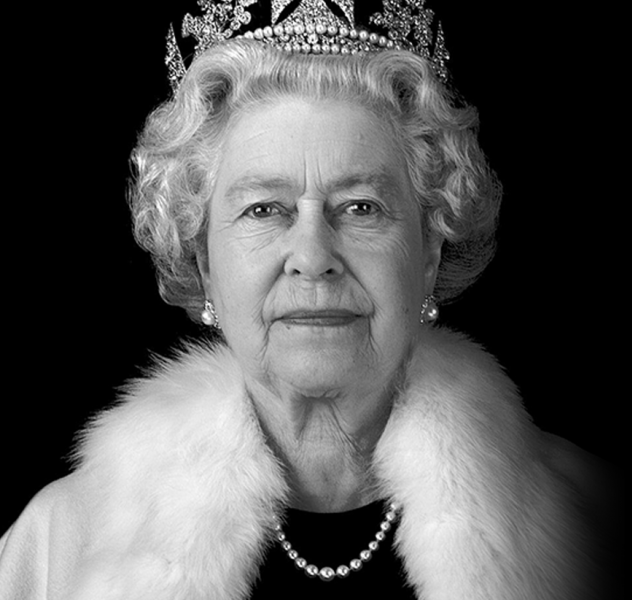
The turbo repair industry is a well-established global market, which goes back to the 1960’s. Up until the late 1990’s, the turbo repair market was predominantly involved in the repair of larger commercial vehicle turbos.
Since the explosion of common rail turbo diesels for passenger cars and the more recent trend of downsizing gasoline/petrol engines through turbocharging, the repair industry has also significantly increased to deal with the large percentage of much smaller turbos. This in turn has significantly increased the demand for high speed balancing.
What is a CHRA?
A complete turbocharger is essentially a Centre Housing Rotating Assembly (CHRA or core assembly) with housings fitted to each side. The turbine housing directs exhaust gas to power the turbine wheel, the compressor housing directs air into the engine. The turbine housing will have a wastegate to control the turbine speed, or as is more common on diesel engines, there is a variable vane mechanism giving much better control of the turbo, reducing lag and improving performance. The wastegate or vane mechanism is controlled by an actuator – which could be controlled either electronically or by a vacuum system.
The CHRA is a rotor (turbine wheel one side, compressor wheel on the other) which is held in a bearing system allowing it to rotate at high speed on a pressurised oil film similar to the engine. Turbo remanufacturer’s traditionally strip the complete turbocharger and CHRA, examine all the individual components, replacing these where necessary, and install brand new bearings and seals.
Why do you need to rebalance a CHRA?
In exactly the same way in which a wheel needs balancing after changing the tyre, the CHRA also needs balancing after it has been dismantled and rebuilt.

It is important to understand, all objects which rotate around a centre axis have a certain amount of unbalance and this unbalance will create a resonant frequency – or vibration — at specific rpm. The speed and strength of the vibration is directly related to the amount of unbalance within the CHRA. To compare this to the car wheel, the vibration would be felt in the steering wheel. However, if the wheel is balanced more accurately, the resonant frequency is both reduced and moves to a higher rpm — which is above the fastest speed of the vehicle therefore solving the problem.
The turbo CHRA is a complex piece of machinery which has been designed to operate at temperatures up to 800°C whilst reaching rotational speeds in excess of 230,000rpm (that’s over 3,800 revolutions per second!).
To operate under such extreme conditions each component in the turbocharger, which make up the main rotor in the CHRA, is manufactured to some of the tightest tolerances in the automotive industry (as low as 0.002mm). The turbine and compressor wheels are also precision engineered and balanced on specialist equipment as part of the manufacturing process. However, when the rotor is assembled, the accumulation of the remaining tiny imbalance in all the parts can create a rotor, which is out of balance, and will vibrate at critical speeds within the CHRA operating range.
In the same way a car wheel is balanced at low speeds, traditionally, the larger commercial turbo rotors were balanced at lower speeds. By achieving a certain level of balance precision at low speed, the resonant frequency of the rotor would be well above the operating speed of the turbo. However, as turbos became smaller, the rotational speed increased significantly so that the small turbo CHRA now passes through resonant frequencies within its operating range. To ensure these smaller CHRA do not vibrate excessively during operation, they must be balanced on a high speed balancing machine which is capable of accelerating the CHRA through its full operating speed and measuring the vibration as the rotor passes through resonant frequencies. In over 99% of tests, the unbalanced CHRA has vibrations outside acceptable limits and must be further balanced to ensure the turbo will operate correctly.
What are the effects of not balancing a CHRA and the damages caused by this?
Failure to balance the CHRA on specialist equipment can cause excessive vibrations as the turbo speeds up, resulting in noise (whistling) and a breakdown of the oil film in the bearings. This in turn will cause premature failure of the bearing system, often with no obvious signs of lack of lubrication or oil contamination.
Importantly, the life of the turbo will be significantly reduced if the CHRA is not properly balanced – in worst cases the turbo will make unacceptable noise during operation and fail within days.
What are the effects of using lower quality components on balancing?
As a result of the high rotational speeds, the level of precision in the manufacturing of replacement turbo parts is extremely high. Quite simply, using lower quality repair parts makes the CHRA harder to balance. This in turn means that low quality CHRA are often not balanced to the correct level and will fail much earlier than expected.
Using parts which are not precision manufactured to the specified flatness, tolerances or dimensions, can lead to an accumulation of component imbalance issues, again causing premature failure of the turbo.
Does every CHRA need to be rebalanced?
CHRA, which have a turbine wheel diameter less than around 50mm, will pass through a resonant frequency during normal operation. As a guide, this will cover all turbos fitted to diesel engines up to about a 4L capacity.
All CHRA must be rebalanced – even if all the same components are used – the act of loosening and retightening the shaft nut will change the precise balance of the rotor – so it is not possible to carefully dismantle a turbo, fit a new seal and rebuild. ALL CHRA must be high speed balanced.
The key to maximising the lifespan of a repaired turbocharger is to use quality, precision manufactured and balanced components, use the appropriate CHRA high speed balancing equipment and ensure the careful assembly and calibration of the turbo.


